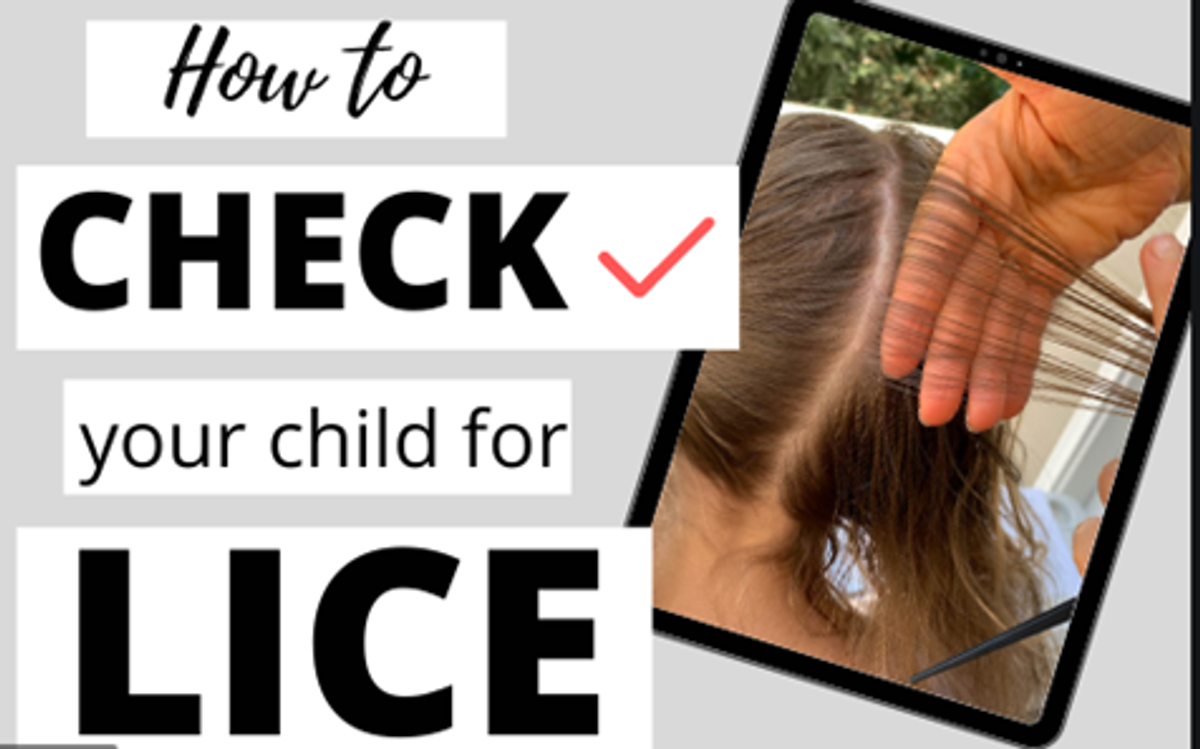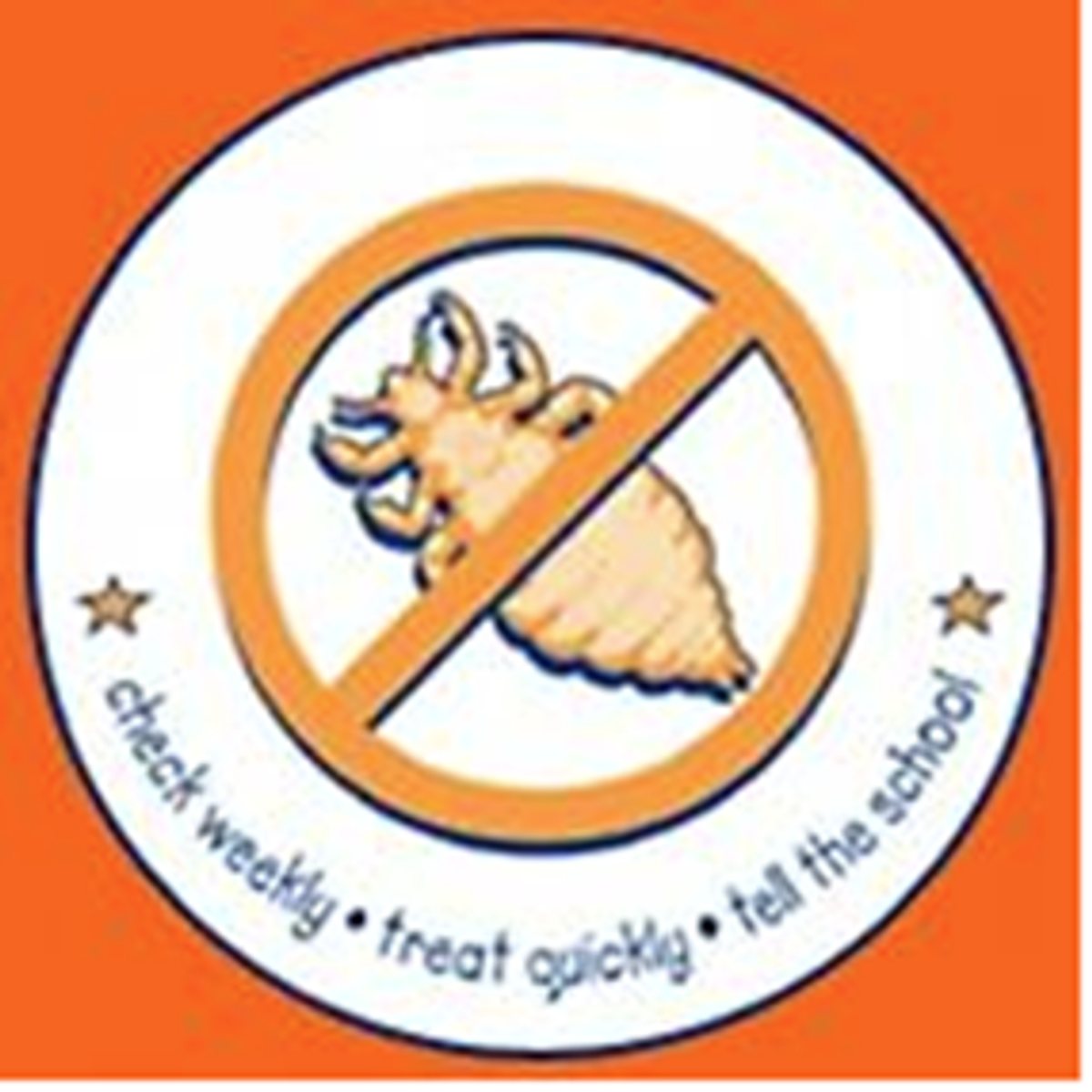Health Centre News
HEAD LICE

Health Centre News
HEAD LICE


Head lice and nits are very common and often something that we really don't want to talk about! They are unpleasant and a nuisance, but not a serious health risk. Head lice do not transmit infectious diseases – they are transmitted by having head to head contact with someone who has head lice. You may be reassured to know that head lice are commonly found in places other than at Brighton Primary School. Head lice are common in school-aged children and are the most adaptable of creatures. They have survived living solely on humans for many thousands of years!!
What can you do?
Check your child’s hair and in those instances where head lice or eggs are found, treat your child’s hair.
Finding head lice
Many lice do not cause an itch, so you have to look carefully to find them.
Head lice are found on the hair itself and move to the scalp to feed. They have six legs which end in a claw, and they rarely fall from the head. Louse eggs (also called nits) are laid within 1.5 cm of the scalp and are firmly attached to the hair. They resemble dandruff but can’t be brushed off.
Lice can crawl and hide. The easiest and most effective way to find them is to follow these steps:
Step 1: Comb any type of hair conditioner on to dry, brushed (detangled) hair. This stuns the lice and makes it difficult for them to grip the hair or crawl around.
Step 2: Comb sections of the hair with a fine-tooth head lice comb.
Step 3: Wipe the conditioner from the comb onto a paper towel or tissue.
Step 4: Look on the tissue and the comb for lice and eggs.
Step 5: Repeat the combing for every part of the head at least four or five times.
If lice or eggs are found, the hair should be treated.
If the person has been treated recently and you only find empty hatched eggs, you may not need to treat, as the empty eggs could be from a previous episode.
How do I treat my child for head lice?
Please click here to see the further information on Treating and Controlling Head Lice from the Department of Health. This pamphlet has informative guidelines regarding detecting and treating head lice and eggs.


Treating head lice involves removing lice and eggs from the hair. There are two ways you can do this.
If you choose to use a head lice product always carefully read and follow the product instructions. The following points may also be helpful:
There is no need to treat the whole family – unless they also have head lice.
Concentrate on the head – there is no need to clean the house or the classroom. Only the pillowcase requires washing – either wash it in hot water (at least 60ºC) or dry it using a clothes dryer on the hot or warm setting.
If head lice or eggs are found on your child’s hair you need to inform:
When can my child return to school?
Health regulations requires that where a child has head lice, that child should not return to school until the day after appropriate treatment has started. Please note, this refers only to those children who have live head lice and does not refer to head lice eggs.